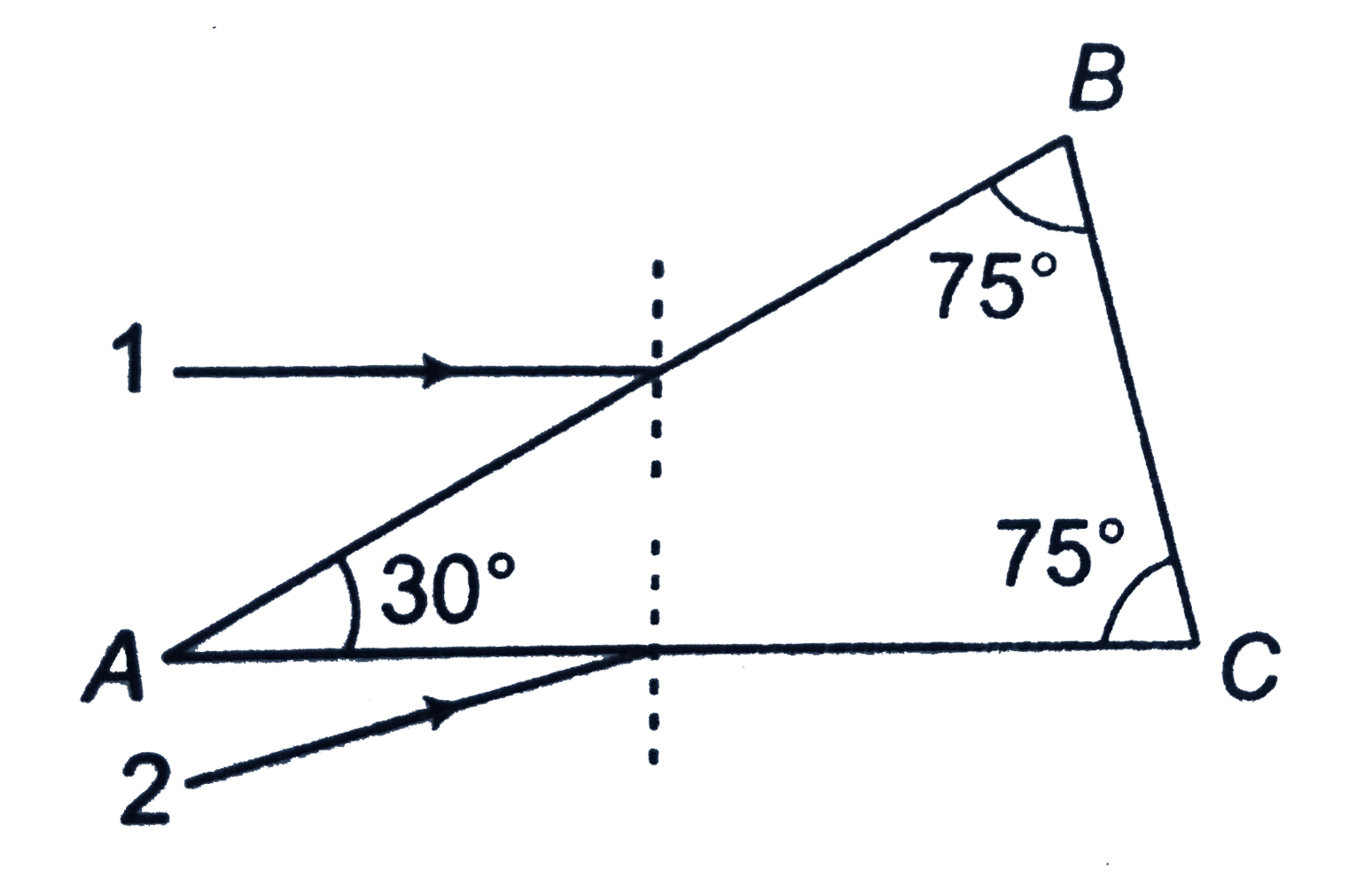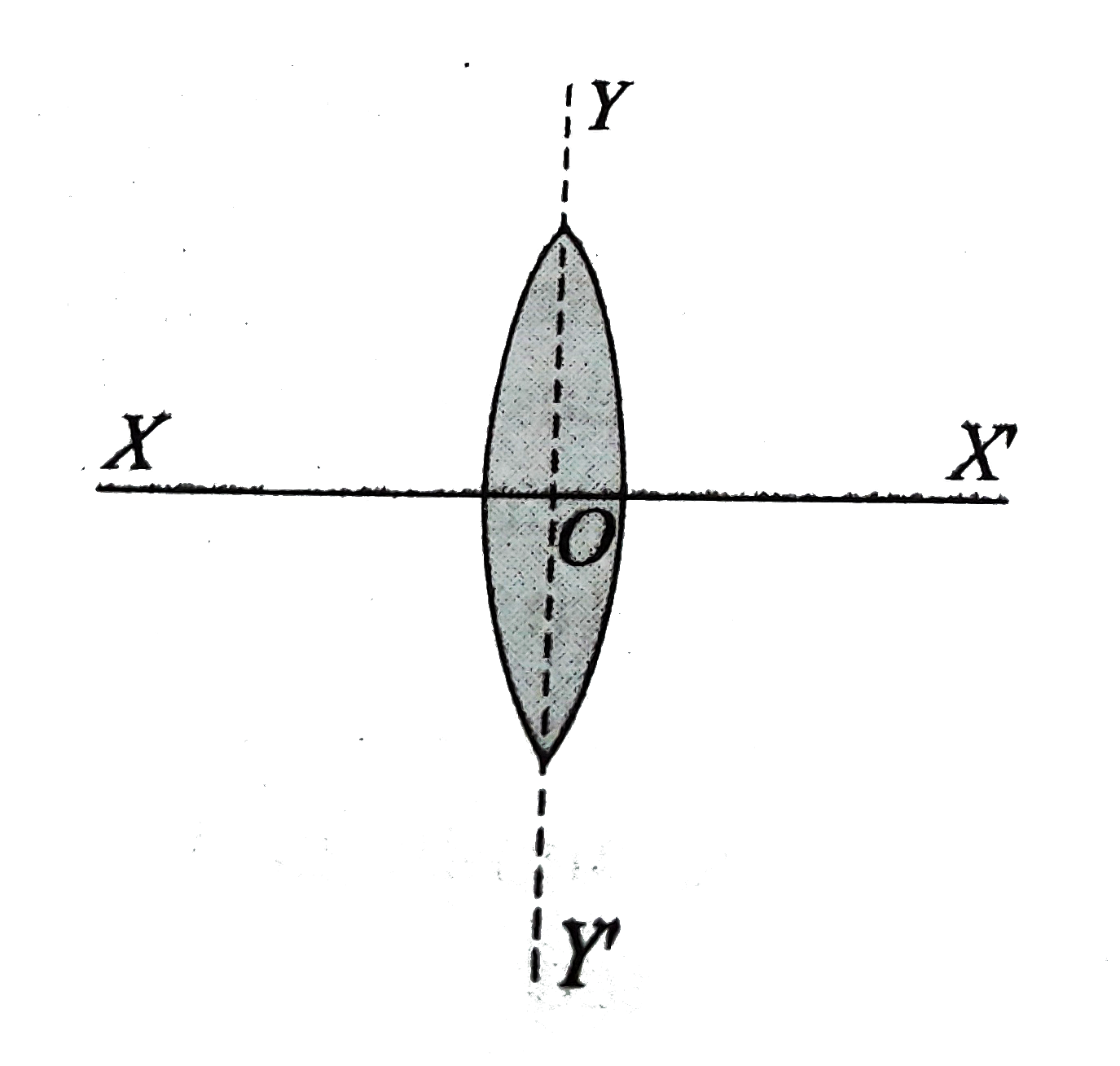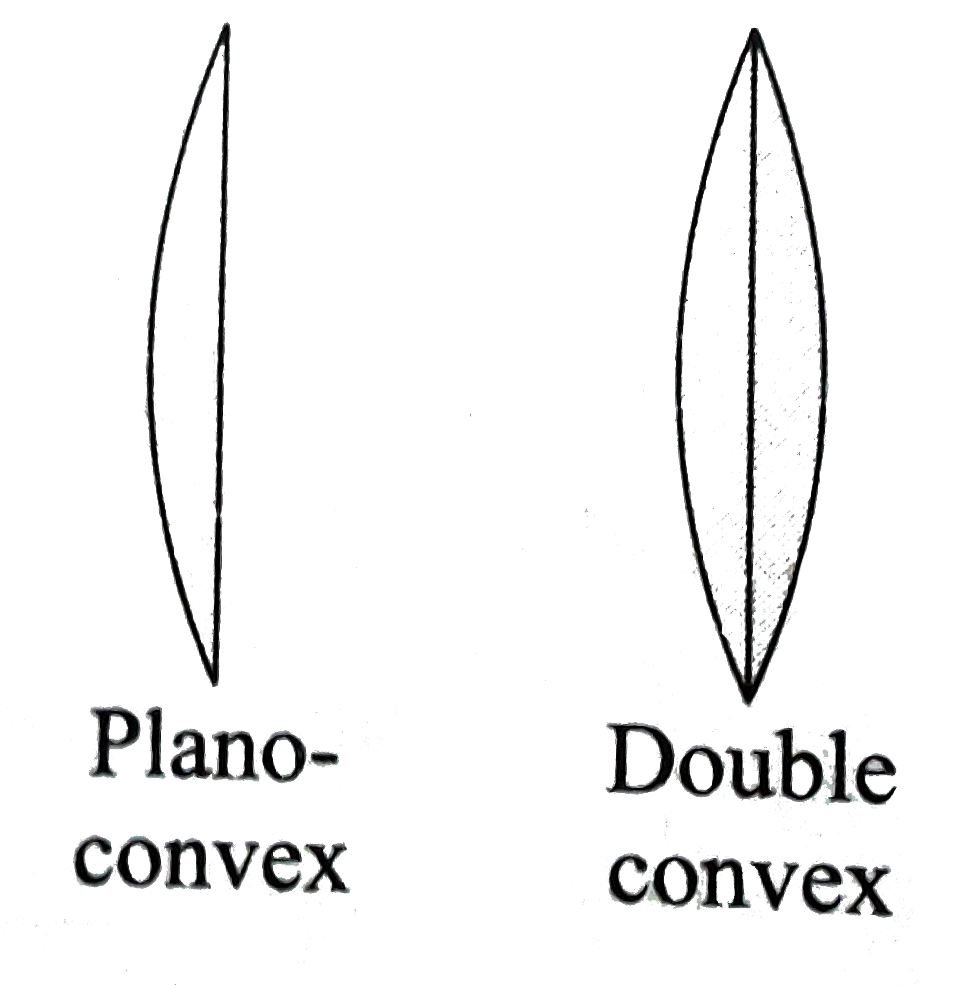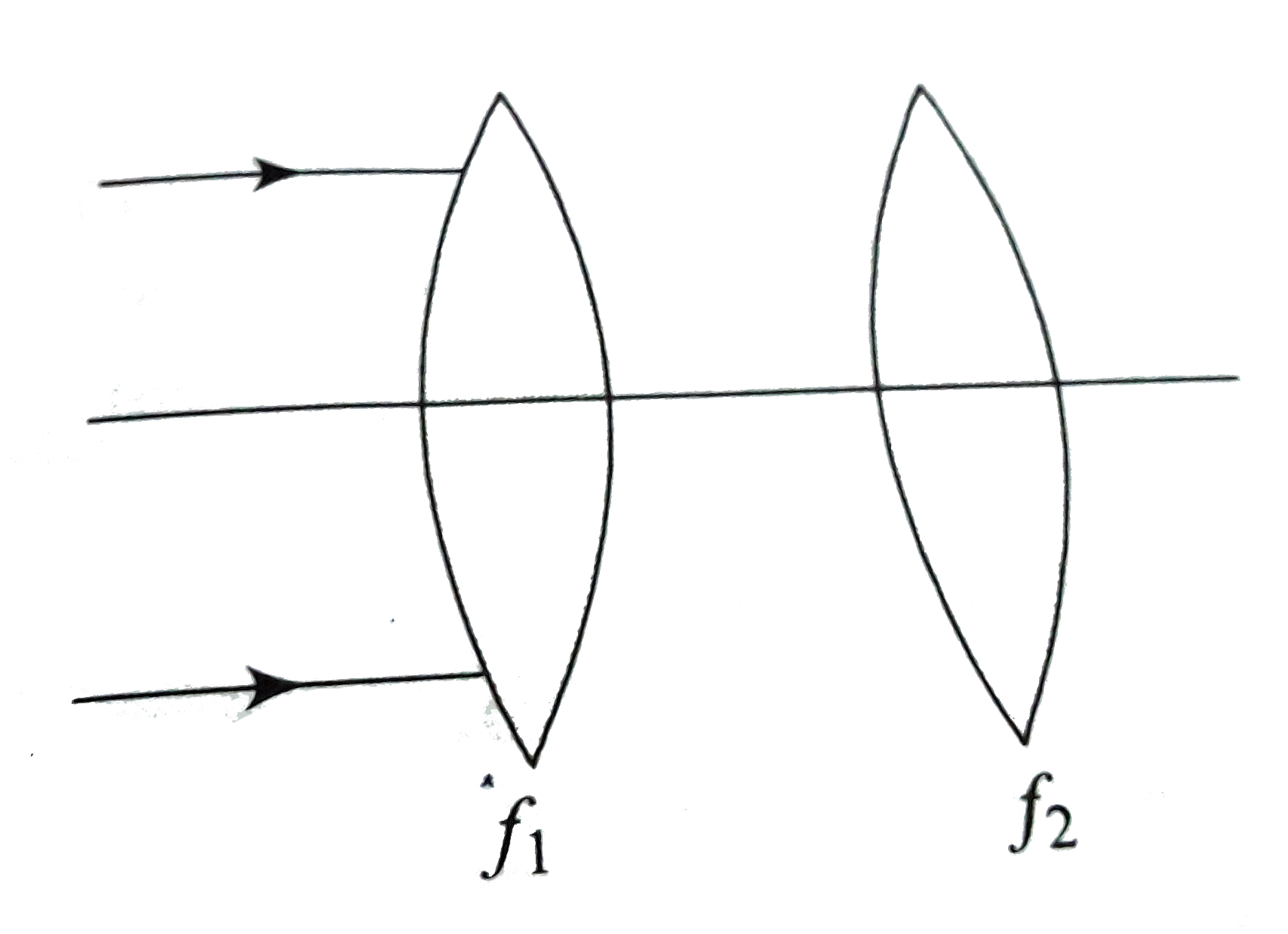Convex lenses correct.
Presbyopia
Myopia
Hypermetropia
Glaucoma.
The correct Answer is:C
Step-by-Step Text Solution
1. Understanding the Question: The question asks about which condition can be corrected using convex lenses.
2. Identifying the Options: The options provided are presbyopia, myopia, hypermetropia, and glaucoma.
3. Analyzing Presbyopia:
- Presbyopia occurs typically after the age of 40 due to the loss of elasticity in the eye lens.
- This condition affects the ability to see nearby objects clearly.
- It is generally corrected using bifocal lenses, not specifically convex lenses.
4. Analyzing Myopia:
- Myopia, also known as short-sightedness, occurs when the eyeball is elongated.
- In this condition, images are formed in front of the retina.
- Myopia is corrected using concave lenses, not convex lenses.
5. Analyzing Hypermetropia:
- Hypermetropia occurs when the eyeball is shorter than normal.
- This leads to images being formed behind the retina.
- Convex lenses are used to correct hypermetropia as they help focus light rays onto the retina.
6. Analyzing Glaucoma:
- Glaucoma is a disorder characterized by damage to the optic nerve, leading to blindness.
- It is not corrected by lenses but requires medical treatment.
7. Conclusion: The only condition that can be corrected using convex lenses is hypermetropia.
Final Answer
The correct answer is hypermetropia.
---
- Presbyopia occurs typically after the age of 40 due to the loss of elasticity in the eye lens.
- This condition affects the ability to see nearby objects clearly.
- It is generally corrected using bifocal lenses, not specifically convex lenses.
- Myopia, also known as short-sightedness, occurs when the eyeball is elongated.
- In this condition, images are formed in front of the retina.
- Myopia is corrected using concave lenses, not convex lenses.
- Hypermetropia occurs when the eyeball is shorter than normal.
- This leads to images being formed behind the retina.
- Convex lenses are used to correct hypermetropia as they help focus light rays onto the retina.
- Glaucoma is a disorder characterized by damage to the optic nerve, leading to blindness.
- It is not corrected by lenses but requires medical treatment.
The correct answer is hypermetropia.
Topper's Solved these Questions
Similar Questions
Two identical thin planoconvex lenses of refractive index n are silvered, one on the plane side and other on the convex side. The ratio of their for lengths is
View SolutionA person is wearing spectacles with concave lenses for correcting vision. While not using the glasses, the image of a distant object in his case will be formed
View SolutionTwo plano-convex lenses of focal lengths 20cm and 30cm are placed together to form a double convex lens. The final focal length will be
View SolutionTwo convex lenses placed in contact form the image of a distant object at P. If the lens B is moved to the right, the image will
 View Solution
View SolutionTwo plano-convex lenses of equal focal lengths are arranged as shown

The ratio of the combined focal lengths isView SolutionTwo convex lenses placed in contact form the image of a distant object at P. If the lens B is moved to the right, the image will
 View Solution
View SolutionAn object is placed in front of two convex lenses one by one at a distance u from the lens. The focal lengths of the lenses are 30 cm and 15 cm respectively. If the size of image formed in the two cases is same, then u is
View SolutionYou are given two identical plano-convex lenses. When you palce an object 20cm to the left of a single plano-convex lens, the image appears 40cm to the right of the lens. You then arrange the two plano-convex lenses back to back to form a double convex lens. If the object is 20cm to th eleft of this new lens, what is the approximate location of the image?
 View Solution
View SolutionA parallel beam of light is incident on the system of two convex lenses of focal length f1=20cm and f2=10cm . What should be the distance between the two lenses so that rays after refraction from both the lenses pass undeviated?
 View Solution
View SolutionTwo convex lenses of power 2 D and 3 D are separated by a distance 13m. The power of the optical system formed is
View Solution

